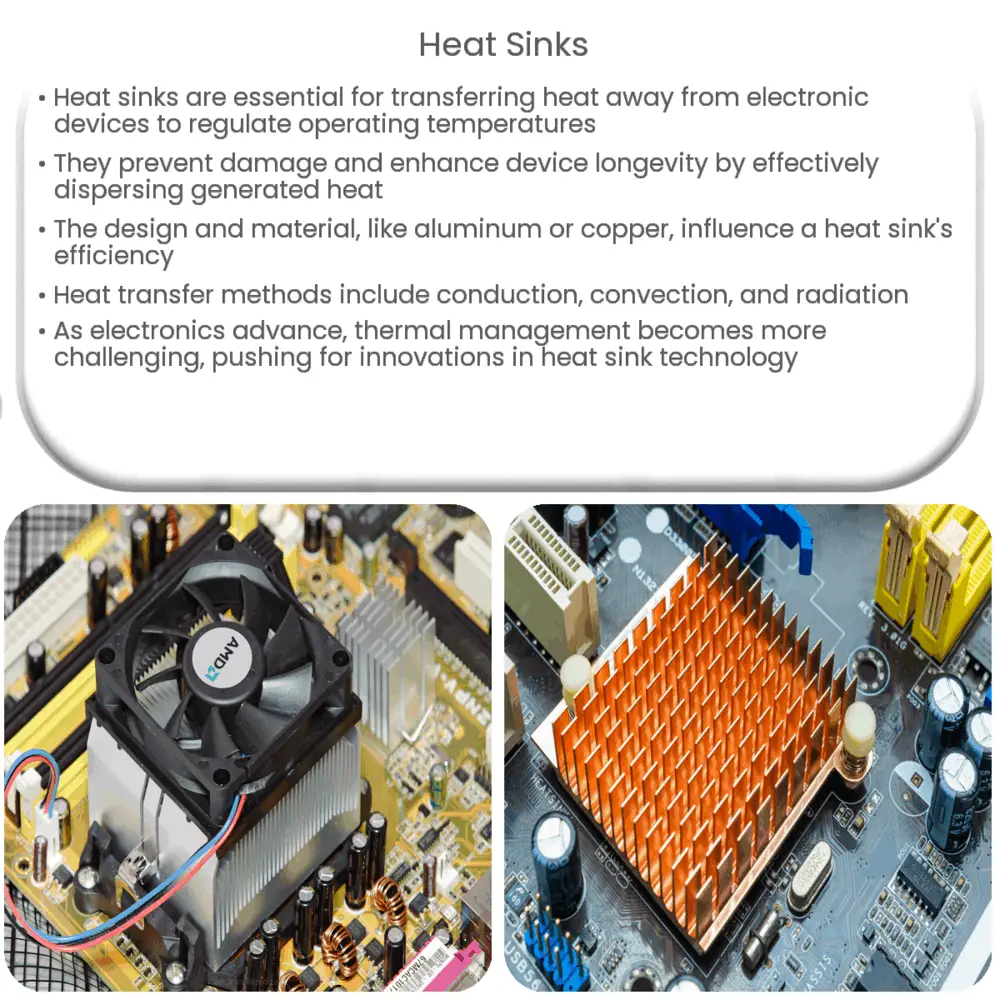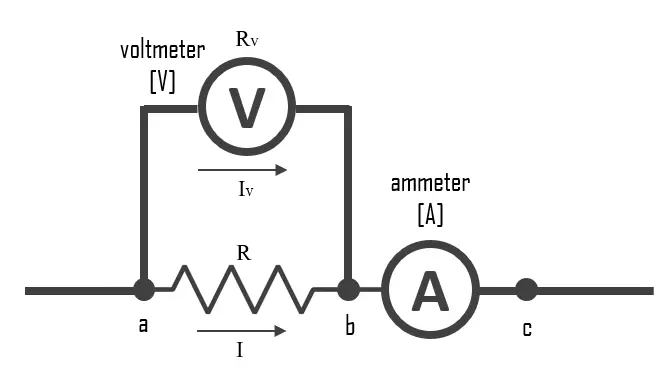Explore the vital role of heat sinks in electronics, their design, materials, types, selection criteria, and future developments.

Introduction to Heat Sinks
Heat sinks are a critical component in many electronic devices, often overlooked but fundamentally important. They function as a conduit, transferring thermal energy from a high-temperature device to a lower-temperature fluid medium, often the surrounding air. This is in order to manage and regulate the device’s operating temperature.
Understanding the Need for Heat Sinks
As electronic devices and circuits operate, they generate heat due to the resistance encountered by flowing electric currents. This heat, if not managed, could damage sensitive electronic components, shorten device lifetimes, and even cause catastrophic failure. A heat sink’s main purpose is to mitigate these issues by effectively dispersing this heat, thereby maintaining an optimal operating temperature.
Heat Sink Design and Materials
The design and the material of a heat sink play a significant role in its efficiency. Most heat sinks feature a flat base with an array of fins or pins protruding from it. These increase the heat sink’s surface area, thereby enhancing heat dissipation.
- Aluminum: Aluminum is a commonly used material due to its excellent thermal conductivity and light weight. It’s also affordable and easy to work with.
- Copper: Copper has even better thermal conductivity than aluminum but is heavier and more expensive, so it’s used in applications where maximum heat dissipation is crucial.
- Composite materials: Often, heat sinks are made from composite materials, such as copper-aluminum, to achieve a balance between performance and cost.
Methods of Heat Transfer
Three basic modes of heat transfer are employed by heat sinks: conduction, convection, and radiation. [1]
- Conduction: This is the transfer of heat through a solid material, happening from the hot device to the heat sink.
- Convection: In this process, heat is transferred from the heat sink to the fluid medium (usually air) surrounding it.
- Radiation: This involves the emission of energy in the form of electromagnetic waves. Although less significant in heat sinks, radiation can still contribute to overall heat dissipation, especially at higher temperatures.
Types of Heat Sinks
Heat sinks can be categorized into three main types based on their methods of operation:
- Passive Heat Sinks: These rely entirely on the ambient air flow and do not have any mechanical components. They are most commonly found in personal computers and other consumer electronics.
- Active Heat Sinks: These utilize a power source, usually a fan, to increase the airflow and thus improve heat dissipation. Active heat sinks are employed in high-performance computing or other heat-sensitive applications.
- Phase-Change Heat Sinks: These use a liquid or gas to absorb and then release heat, taking advantage of phase changes (like boiling or condensation) to dissipate heat more effectively. They are typically used in high-end applications such as server farms or gaming computers.
Heat Sink Selection
Selecting the right heat sink depends on several factors, including the device’s power consumption, ambient temperature, airflow conditions, and physical space constraints. It is essential to choose a heat sink that can effectively dissipate the expected amount of heat under these conditions. Thermal resistance is a key performance measure for heat sinks, which quantifies how efficiently they transfer heat from the device to the ambient air.[2]
Challenges and Future Directions
As electronic devices continue to decrease in size and increase in power, managing heat dissipation presents a growing challenge. Researchers are exploring new materials and designs, such as nanostructured surfaces, to improve heat sink efficiency. Innovations in liquid and phase-change cooling techniques also show promise for handling high heat loads.[3]
Conclusion
In conclusion, heat sinks are a fundamental component in electronics, safeguarding devices from overheating and potential damage. Understanding their types, methods of heat transfer, and selection criteria is crucial for anyone dealing with electronics. As technology continues to evolve, so too will the strategies for effective thermal management, promising exciting developments for the future of heat sink technology.



